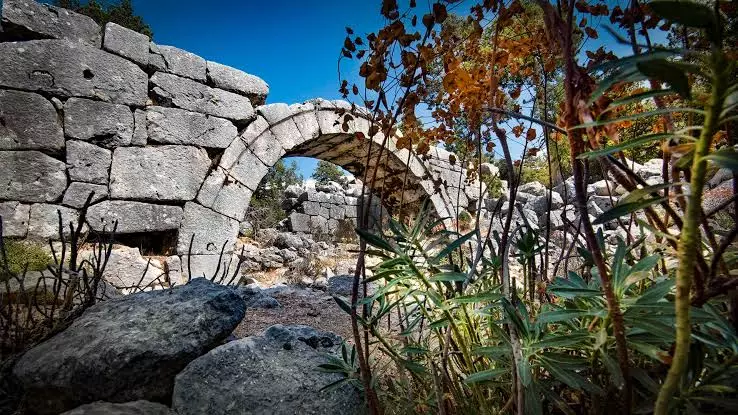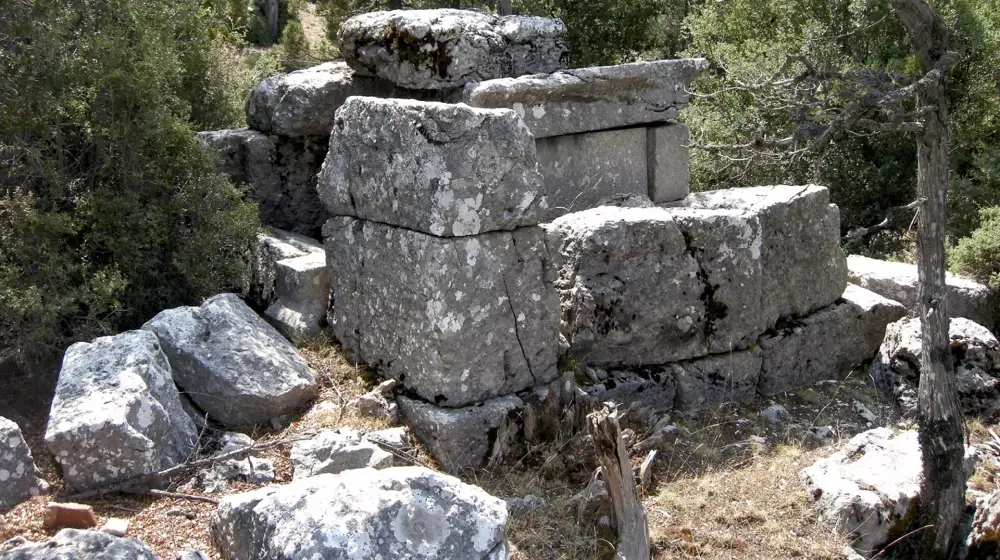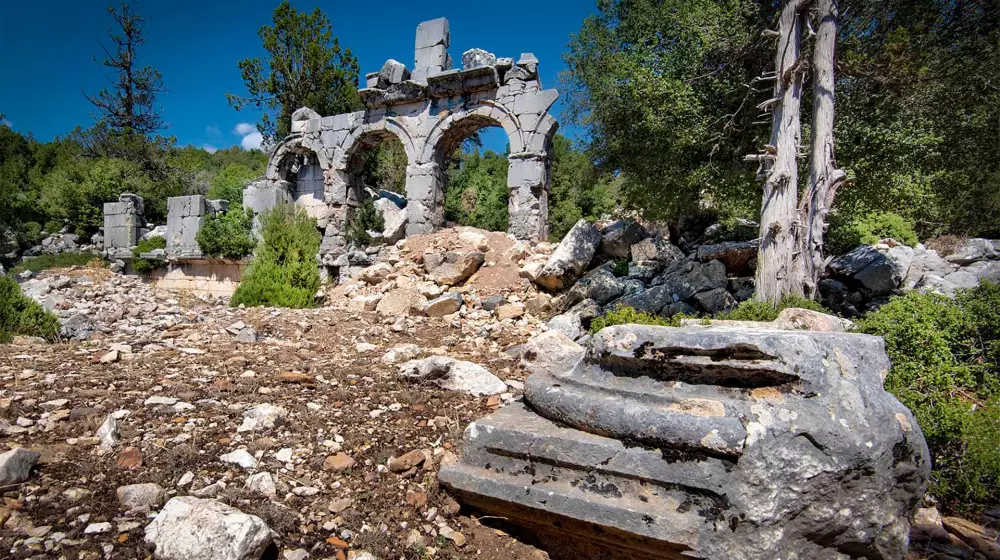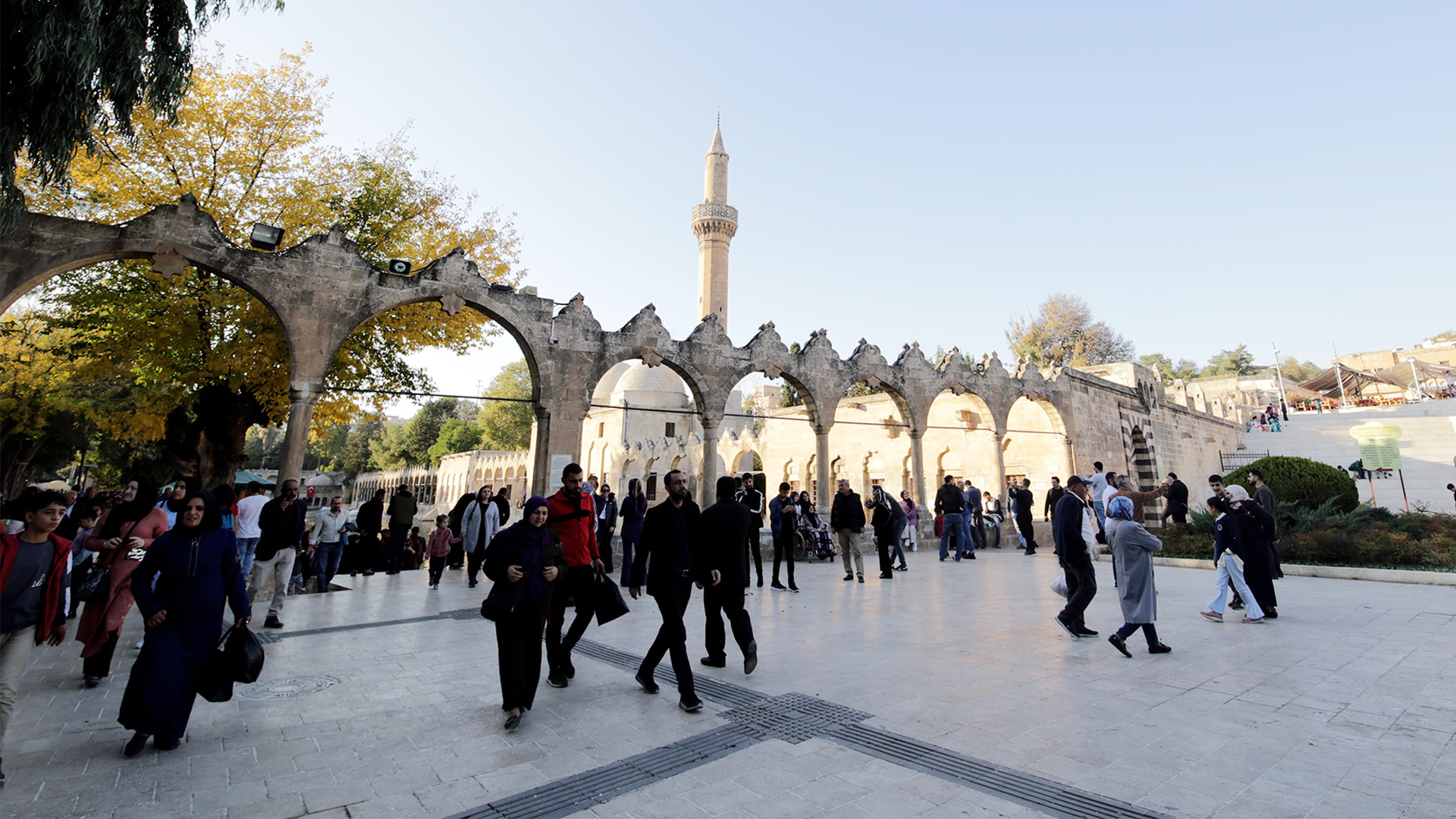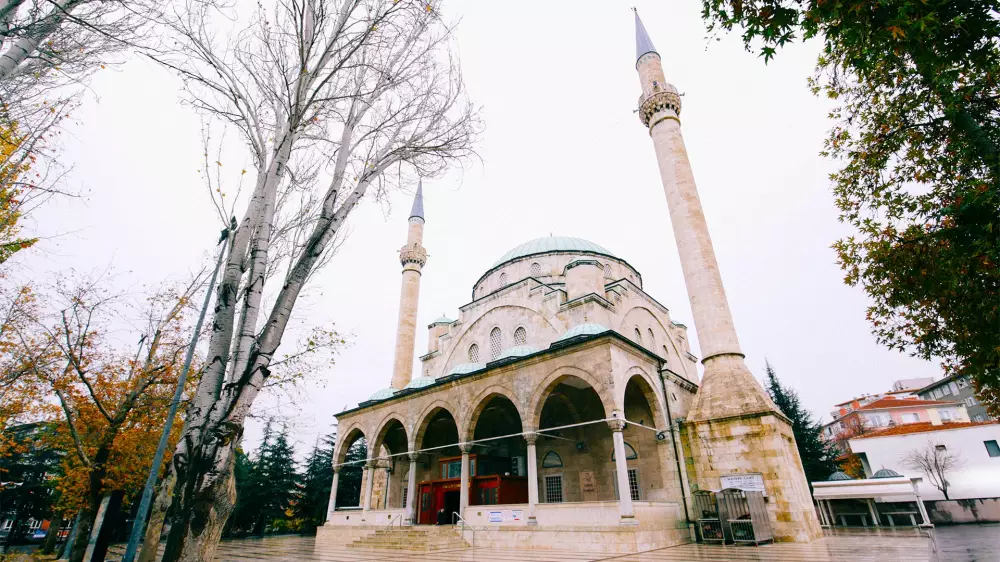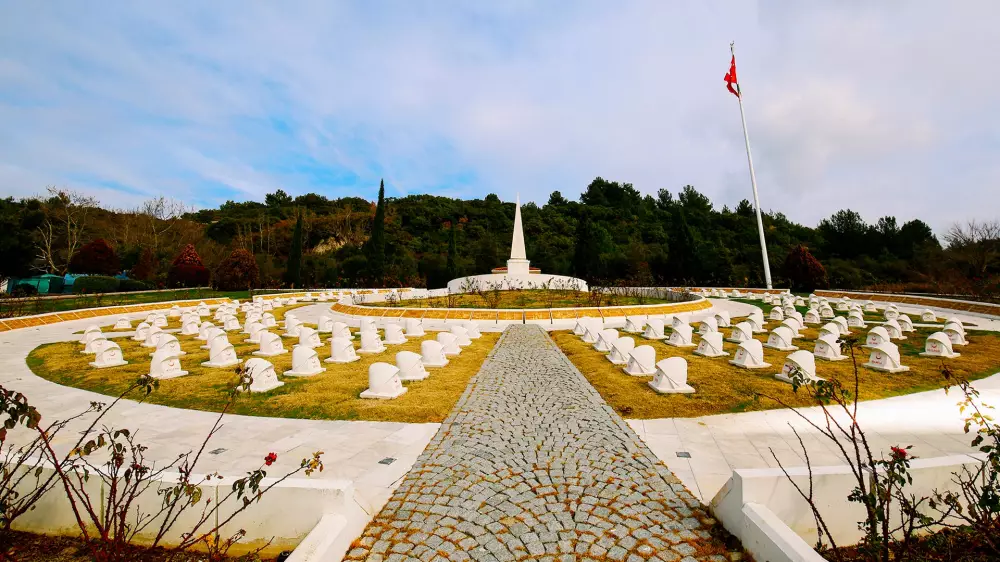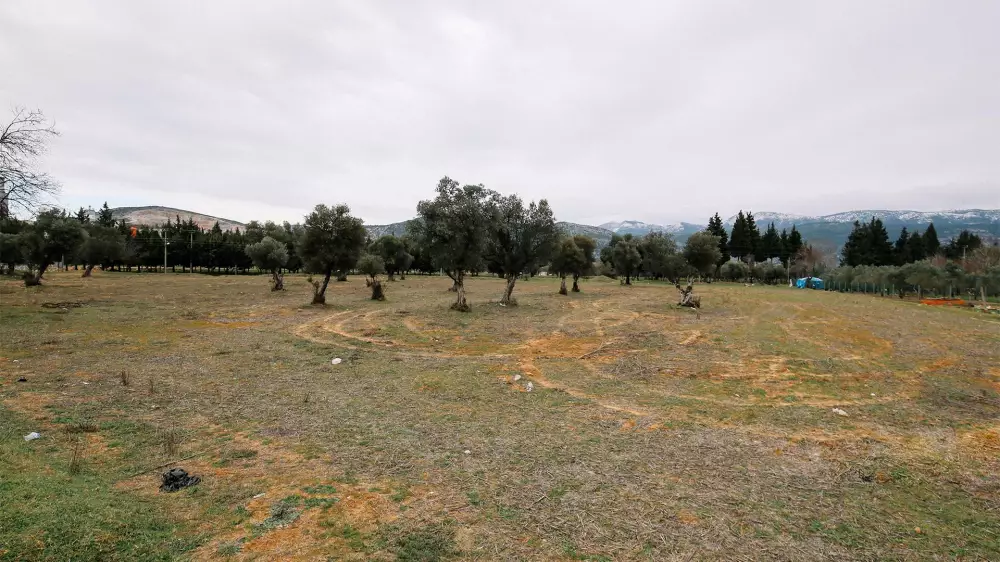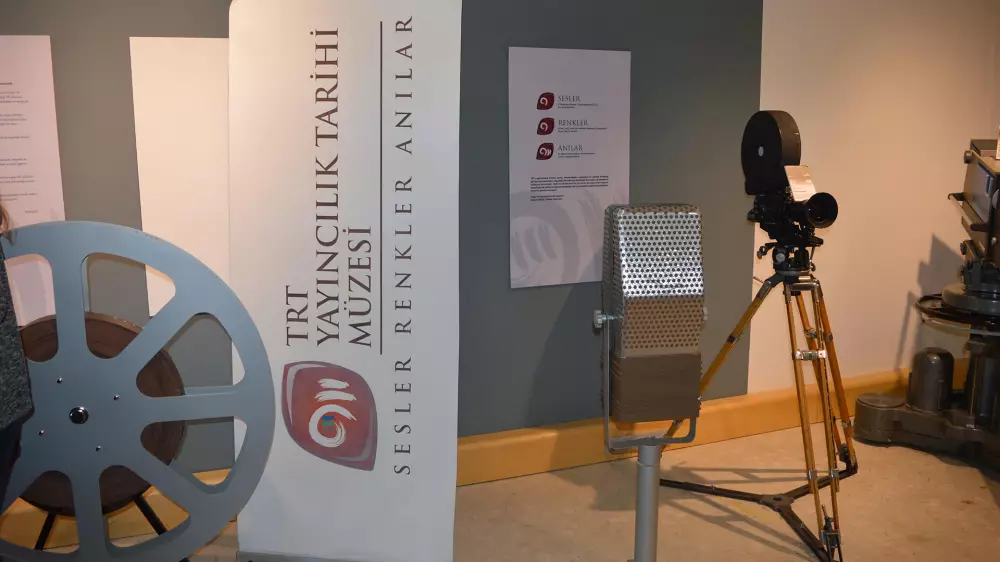
Oinoanda
23.02.2024 07:35
Oinoanda, which is one of the many ancient cities within the borders of Muğla, is first mentioned in Hittite texts. The remains that can reach to date mark the 2nd century BC.
The philosopher Diogenes turned his thoughts about this region into an epitaph. He excavates these on the walls of the stoa, but after the collapse of the structure, the inscription is torn down. Since these parts are distributed, it is possible to meet in many parts of the city. The inscriptions of the Diogenes play an important role in making the ancient city known. Today, a significant portion of the ruins in the city contain philosophical contents. Oinoanda is located in the immediate northern section of the Xanthos Valley. Therefore, it is among the ancient cities included in the Lycian region. The village of Incealiler is a 20-25 minute walk between the ancient city of Oinoanda and the village center, which is set on a hill. When you come to the village by car, you will usually come across footpaths.
When the Hittite cuneiform writings are examined, the name Oinoanda is found as’ Winuwanda'. It is also understood that Oinoanda is a territory belonging to Lukka. There is no trace to prove that the ancient city was older than the Hellenistic period. The city experiences its golden age in the 2nd century. At that time ,Bubon would be involved in an important alliance with cities such as Balbura and Kibyra. Although the alliance continued for 84 years, it was terminated by the Roman commander Murena.
The walls of the ancient city of Oinoanda have fine workmanship. In addition, the pentagonal tower is among the important structures of this place. During the Roman period, a new temple was built in a position that could see the city as a whole. This Doric temple contains inscriptions dating from Augustos. The bath, one of the important structures of the ancient city of Oinoanda, finds its place as a complex. Only a small area of this bath is on the way up to the Agora. It is said that this bath complex was built thanks to donations collected during those years.
Gallery
